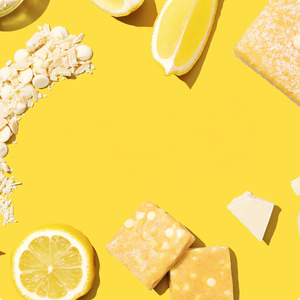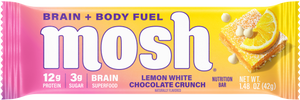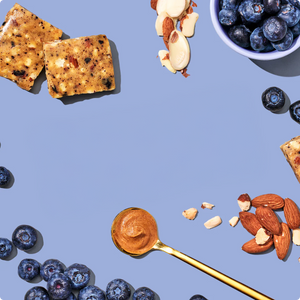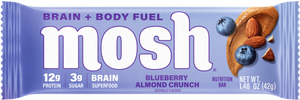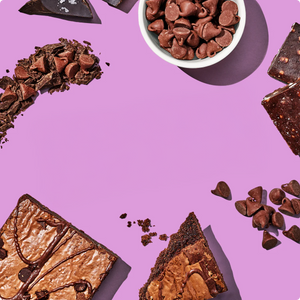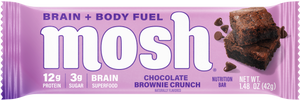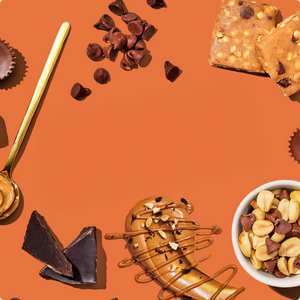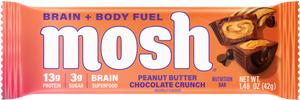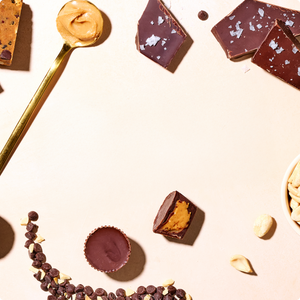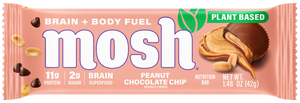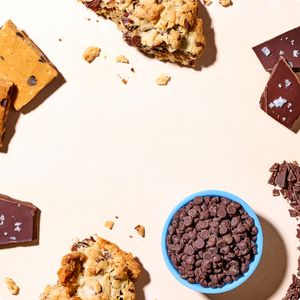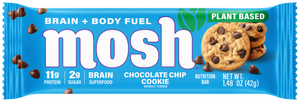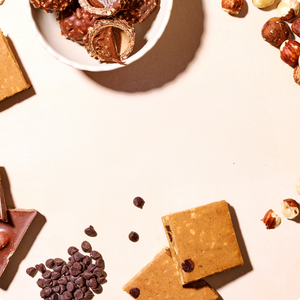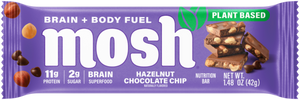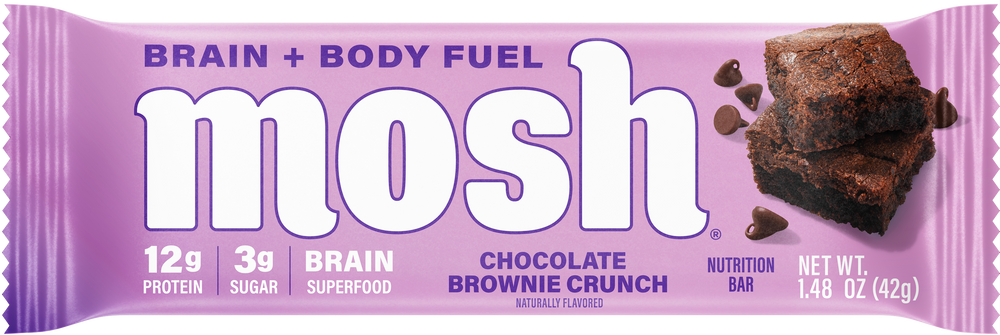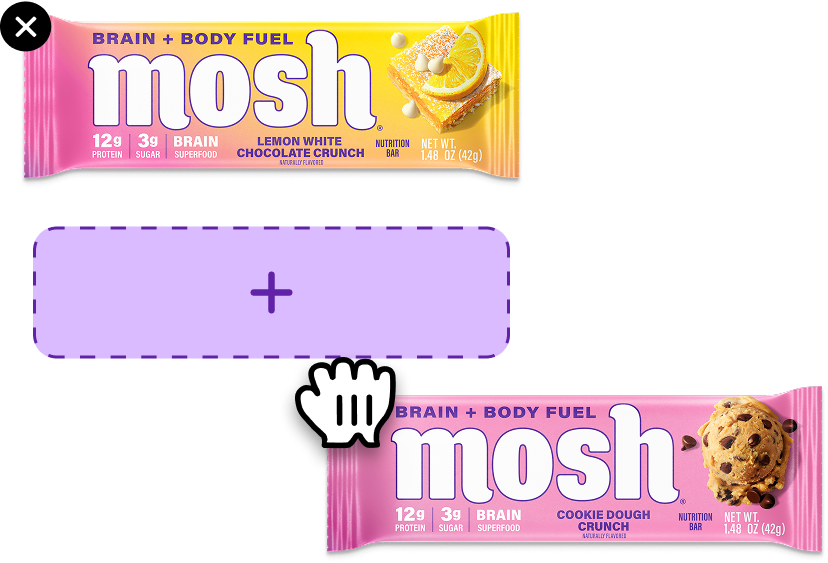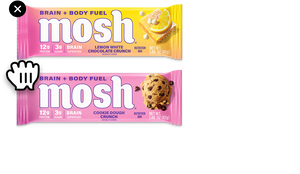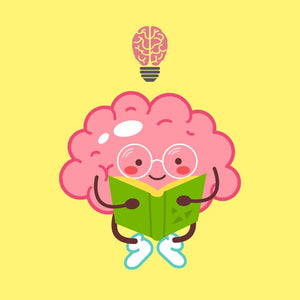The human brain is one of the most complex organs in the animal kingdom. When we get all meta and start thinking about how we think, it becomes clear—there’s still so much we have yet to learn about our beautiful brains.
But, thanks to neuroscience we do know for certain that the organ in your skull is responsible for every single movement, process, emotion, sensation, and experience you’ll ever experience. And it’s a lot more powerful and fascinating than you might think...
1. Your brain’s storage capacity is virtually unlimited
We’ve all had to go back and delete a bunch of old photos on our phones because we got that dreaded pop-up: “Storage is full.”
But your brain will never have that problem, unlike even the most high-end computers.
Research suggests that the brain can form up to one quadrillion connections thanks to its 86 billion neurons. While this isn’t an infinite amount of memories you’d be able to form, it’s plenty more than you’d need to last for an entire lifetime.
Of course, individuals with cognitive decline, Alzheimer’s, or brain damage may experience weakening or damage to these neurons, which can affect cognitive ability. This is why some people might not be able to form as many connections as others. This damage can also especially affect memory and motor function.
2. Information can travel up to 268 miles per hour in the brain.
As you read the words on this page, you’re converting visual imagery into information in the brain at a seemingly instantaneous pace. While the speed of neural connections in your brain is not instant, it gets pretty darn close.
In the brain, information travels up to 268 miles per hour. Most race cars can only reach top speeds of 200 miles per hour — and nothing more.
That’s pretty fast, and considering hundreds of thousands of messages are being sent at any given moment, you can imagine that your brain works pretty hard to ensure that your whole body is functioning at its best.
3. 60 percent of your brain is fat
While you might think the brain is mostly neurons and blood vessels, it’s actually made of about 60 percent fat. But this doesn’t mean that your brain needs some time on the treadmill — it’s a good thing we have so much fat in the brain.
Fatty acids are among the most crucial molecules that help enhance your brain’s integrity and allow it to perform at its best. While they’re essential for health, some cannot naturally be synthesized by the body. That’s why we need to get essential fatty acids from our diet.
You can load up on foods high in omega-3s like fish and nuts to help get your share of healthy fat.
Feel like you need an extra bit of support in a delicious, protein-packed way? MOSH protein bars are the first of their kind, made with high-quality superfoods and nourishing brain nutrients that rejuvenate your mind and crush cravings.
4. The brain consumes 20 percent of the body’s energy
Although the adult brain only takes up about one to three percent of your entire body weight, it uses up about 20 percent of your entire body’s energy storage. This makes sense, considering how hard it works to keep you in check at any given moment.
Processing and transmitting information through electrical signals take up a lot of power. About 25 percent of this power is used for maintaining neurons, and the other 75 percent is used for sending and receiving signals in the brain circuits.
So, how does the brain stay in shape to handle all this work? Healthy circulation can come from cardio exercise and nutrients can come from the foods we eat, but the brain's primary method of maintaining its own health is the repair work that occurs during a good night’s sleep. Sleep is important for many brain functions, including how nerve cells communicate.
Your brain is more active than you may think when you’re in deep sleep. It sort of goes into “housekeeping” mode, working to remove toxins that have built up while you’re awake, while also working to consolidate memories into long-term storage and help you more permanently retain the information you’ve learned through the day.
So, if you’re not getting the recommended seven to nine hours of sleep each night, it’s time to invest in a nice cozy pillow and comforter, set your room to that ideal sleeping temperature of about 65 degrees Fahrenheit, and cut the electronics or workout routine within the hour or two before you plan on heading to bed to give your mind and body time to wind down.
5. The total length of blood vessels in the brain is around 400 miles
The capillary bed of the brain, or its network of arteries and blood vessels, is extremely dense. It’s so dense that the total length of these capillaries adds up to about 400 miles when laid end to end. That’s the equivalent of over 7,000 football fields!
The brain gets all its blood from two sources: the internal carotid arteries by the neck and the vertebral arteries of the spine. At any given moment, there are about 100 to 130 milliliters of blood in the brain. That’s about half a cup of blood.
6. Exercise can boost the size of your brain
While the size of your brain doesn’t affect your cognition or memory, exercise can have some profound effects on your brain’s wellness. It can increase brain size, and the growth of blood vessels in a part of the brain called the cerebral cortex.
Exercise has also been shown to positively affect the health and abundance of brain cells. It can also help reduce insulin resistance, reduce inflammation, and stimulate the release of growth factors.
And even though doing some tricep extensions won’t make your brain look any more muscular, it can increase your self-esteem, support your attention span, and make you feel good because of the endorphins that are released with exercises — ultimately contributing to better mental wellbeing overall.
The best part? Exercise doesn’t require you to hit the gym and do reps for hours on end. Going for a walk every day at lunch, riding a bike, swimming in a pool, or even going dancing are all great ways to support our physical and mental wellbeing.
7. Brain freeze doesn’t happen in the brain
It’s pretty hard not to slurp down the entire slushie in just one strong sip, but the ensuing brain freeze will cause enough pain to slow you down. The sensation of a brain freeze is a phenomenon called sphenopalatine ganglioneuralgia, which might happen partly due to your central nervous system.
There are several theories about why this happens. The one that’s most accepted is that eating or drinking a large quantity of something cold causes a drop in temperature on the roof of your mouth (palate). The blood vessels then constrict to help maintain your body’s core temperature.
But after that quick squeeze, the blood vessels quickly reopen. This is called rebound dilation, which sends a signal to the brain through a nerve in the forehead and midface known as the trigeminal nerve.
In the case of a brain freeze, it’s actually “referred pain.” Despite the constriction happening in the roof of the mouth, your body infers that the tightening is being experienced higher up in the head.
8. Left brain and right brain theory is a myth
Many believe they are either “left-brained” or “right-brained” based on their personality. This theory comes from the fact that the brain's two hemispheres are responsible for different functions.
According to the theory, people with more action on the left side of their brain tend to be more analytical. They’re said to be better at logical reasoning, mathematics, remembering facts, and articulating their thoughts.
In contrast, people with more activation on the right side of the brain are said to be more creative and better at multitasking. They are supposedly more in tune with their intuition and the arts, and they often feel visualizations and tend to daydream.
The thing is, a team of researchers in 2013 found no proof for this theory. MRI images of 1,000 people revealed that the brain did not favor one side over the other — it’s entirely symmetrical.
When you perform a logical or creative function, both sides of your brain work together. This is because there is a path of neurons in the middle of the brain known as the information highway that works together and complements one another.
9. Brain tissue the size of a grain of sand contains 100,000 neurons and over 1 billion synapses
Neuroscientists knew that the brain was powerful, but we never knew it was this powerful. A speck of brain tissue can hold enough information to accomplish many complex bodily functions.
In Conclusion
Your brain is one of the most complex organs in your entire body, responsible for virtually everything you do every single day. With all that power comes a lot of demand for the right hardware, like the thousands of feet of blood vessels that supply your brain cells with all of the important nutrients that keep it going.
Thankfully, we’re big advocates for nourishing humankind’s most valuable organ, which is why we formulated MOSH protein bars with brain-fueling nutrients and superfoods like lion’s mane, ashwagandha, omega-3s, and collagen.
Get your first trial pack today to keep your brain + body fit, fueled and feeling good! Bye bye brain fog, hello ageless vitality and wellness.
Sources:
How fast do nerves send signals to and from the brain? | UCSB ScienceLine
Essential fatty acids and human brain | NIH.
How Much Energy Does the Brain Use? | BrainFacts.org.
Brain Basics: Understanding Sleep | National Institute of Neurological Disorders and Stroke
Regular exercise changes the brain to improve memory, thinking skills | Harvard Health
How to Ease Brain Freeze | Johns Hopkins Medicine
11 Fun Facts About Your Brain | Northwestern Medicine
Brain Basics: Understanding Sleep | National Institute of Neurological Disorders and Stroke




